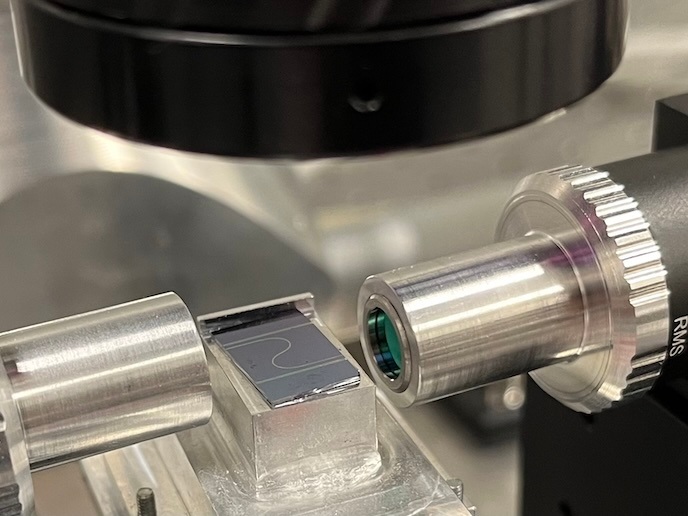Upping the ante on bomb detection
Our rapidly globalising world is offering a number of opportunities for exchange and growth, but also threats such as increased terrorism. Over 60 % of terrorist attacks employ improvised explosive devices (IEDs), prompting a need for more security tools to detect this threat. This was the aim of the EU-funded project 'Optical technologies for the identification of explosives' (OPTIX)(opens in new window) . To achieve its aims, the project gathered three small and medium enterprises, and universities, research organisations and end users who collaborated together in order to develop the technology. The system is based on laser technology — specifically, Raman spectroscopy and laser-induced breakdown spectroscopy (LIBS) — leading to a transportable system that effectively detects explosives at a distance. Indeed, the novel device was developed to detect IEDs from as far away as 20 metres, even when the explosives are hidden inside opaque containers. The technique works on a combination of compact high-energy laser and ultra-sensitive spectrometry that can work simultaneously or separately. The results are then analysed through a chemometrics module and through special software to determine for enhanced accuracy. Key advantages include rapid detection and identification of explosives, very high reliability, very low false alarms and other advanced capabilities. A short deployment time, adaptability to different environmental conditions, and advanced automation possibilities without the need of skilled operators are also important advantages. In effect, the new system enables end users not only to identify explosives from a safe distance but to understand the threat they are faced with and vacate the appropriate area. From preventive searches in buildings to vehicle checkpoints, this improved technology promises to advance security considerably, potentially saving lives and material goods. If the results from the OPTIX project are properly exploited and commercialised, the world could become a safer place.







